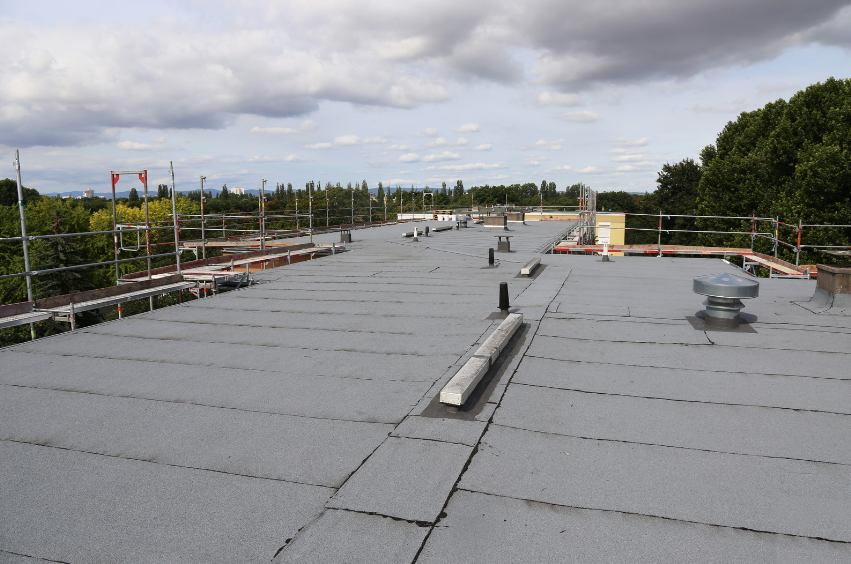Waterproofing is a crucial aspect of maintaining the integrity and longevity of buildings and homes. Proper waterproofing prevents water damage, which can lead to significant structural issues and health problems. Despite its importance, many homeowners and builders make common waterproofing mistakes that can compromise the effectiveness of their efforts. This blog aims to highlight these frequent errors and provide practical advice on how to avoid them, ensuring your waterproofing projects are successful and long-lasting.
Understanding the Basics of Waterproofing
Waterproofing involves applying materials or techniques to prevent water from penetrating surfaces, which is essential for protecting structures from water damage. It encompasses various methods such as coatings, membranes, and sealants, each suited to different applications and environments. Understanding the fundamentals of waterproofing helps in selecting the right approach for your specific needs, ensuring that your waterproofing efforts are effective and durable.
Common Waterproofing Mistakes
- Inadequate Surface Preparation One of the most common waterproofing mistakes is inadequate surface preparation. Properly preparing the surface before applying waterproofing materials is vital for ensuring a strong bond and effective protection. Failing to clean or dry the surface thoroughly can lead to poor adhesion and reduced effectiveness of the waterproofing layer. Always ensure surfaces are clean, dry, and free of contaminants to achieve optimal waterproofing results.
- Choosing the Wrong Waterproofing Material Selecting the wrong waterproofing material is another frequent mistake. Different waterproofing materials are designed for specific conditions and surfaces, and using the wrong type can result in ineffective protection. For example, basement waterproofing requires different materials compared to exterior wall waterproofing. To avoid this mistake, assess the specific needs of your project and choose materials that are suited to your environment and application.
- Neglecting Proper Application Techniques Improper application techniques can significantly impact the effectiveness of waterproofing. Common errors include uneven coating and incorrect mixing of waterproofing products. It’s crucial to follow the manufacturer’s instructions carefully and apply waterproofing materials uniformly to ensure complete coverage and performance. Neglecting these details can lead to areas of vulnerability and reduced overall effectiveness.
- Failing to Address Drainage Issues Effective waterproofing is closely linked to proper drainage. Failing to address drainage issues can undermine your waterproofing efforts, as water that is not effectively managed can bypass waterproofing measures and cause damage. Ensure that drainage systems are properly installed and maintained to complement your waterproofing solutions. This includes checking for proper grading, functioning gutters, and efficient downspouts.
- Ignoring Regular Maintenance Regular maintenance is essential for maintaining the effectiveness of waterproofing over time. Ignoring periodic inspections and repairs can lead to unnoticed damage and reduced performance of your waterproofing measures. Implement a regular maintenance schedule to check for any signs of wear or damage and address issues promptly to ensure long-lasting protection.
How to Avoid These Mistakes
- Thoroughly Prepare Surfaces Before Application To avoid mistakes related to surface preparation, ensure that all surfaces are thoroughly cleaned and dried before applying any waterproofing materials. Use appropriate cleaning methods and allow sufficient time for surfaces to dry completely. Proper surface preparation is a critical step in achieving effective waterproofing results and ensuring the longevity of your protection.
- Select the Right Waterproofing Materials Choosing the right waterproofing materials is crucial for successful outcomes. Research and select materials that are specifically designed for your application, whether it’s for basements, exterior walls, or roofs. Consult product specifications and, if necessary, seek advice from professionals to ensure that you are using the most suitable materials for your waterproofing needs.
- Follow Proper Application Techniques Adhering to proper application techniques is essential for achieving effective waterproofing. Follow the manufacturer’s guidelines regarding application methods, mixing ratios, and curing times. Applying waterproofing materials correctly ensures even coverage and maximizes the performance of your waterproofing solution.
- Ensure Effective Drainage Solutions Effective waterproofing requires a well-designed drainage system to manage water flow and prevent damage. Install and maintain drainage systems that work in conjunction with your waterproofing measures. Regularly inspect and clear gutters, downspouts, and drainage channels to ensure they are functioning correctly and preventing water from accumulating.
- Implement a Regular Maintenance Schedule To keep your waterproofing effective, implement a regular maintenance schedule. Periodically inspect your waterproofing systems for signs of damage or wear and address any issues immediately. Regular maintenance helps to preserve the integrity of your waterproofing measures and prevent potential problems before they become severe.
Expert Tips for Successful Waterproofing
Experts in the field of waterproofing recommend several best practices to ensure success. For instance, always use high-quality materials and adhere strictly to application instructions. Additionally, seeking professional assistance for complex waterproofing projects can provide added assurance of effective results. By following expert advice and industry standards, you can enhance the effectiveness of your waterproofing efforts.
Takeaway
Proper waterproofing is essential for protecting your home or building from water damage and ensuring its longevity. By understanding and avoiding common waterproofing mistakes, you can achieve more reliable and effective results. Implement the tips and techniques outlined in this blog to enhance your waterproofing projects and maintain the integrity of your property.






